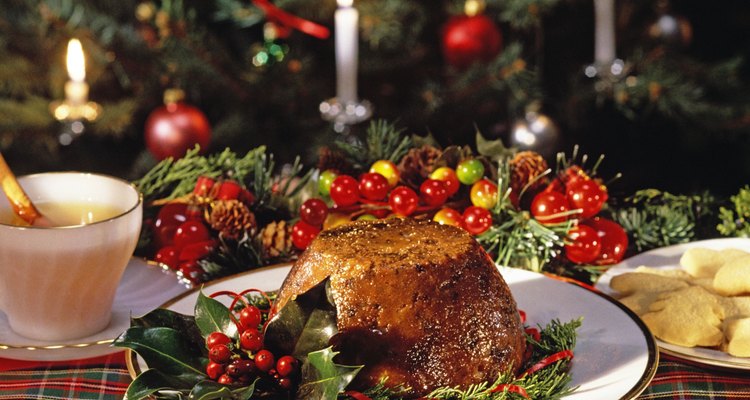
Bakers searching for traditional fruitcake and Christmas pudding recipes will quickly find that many of the best come from sources in Britain. That means some of the instructions require some translation. Many websites can help you with the necessary metric conversions, but ingredients can sometimes require more research. For example, the "mixed peel" called for in many recipes is better-known here as candied fruit peel or glaceed fruit.
Candied Fruit
As any marmalade fan knows, the rinds of citrus fruits have a concentrated flavor. That's why the zest of citrus fruit is often called for as a flavoring ingredient in its own right. In the days before citrus fruits became inexpensive and readily available, frugal cooks would often save their peels as a baking ingredient by simmering them in a heavy sugar syrup. The sugar acts as a preservative, reducing the available water in the peels until they can't support mold or bacterial growth any more.
Commercial Mixed Peel
Commercial mixed peel varies widely in quality, but most uses the same handful of basic ingredients. The peels of oranges and lemons are included in most blends, because they're inexpensive, flavorful and readily available. Many also include citron, a citrus fruit that provides no usable flesh but a great deal of fragrant peel. Many brands include pieces of other fruit, cut to the same approximate size and shape as the pieces of peel. These aren't peel, of course, but they add complementary flavors and colors. Pineapple and cherry pieces are the most common of these additions.
Using the Peel
The classic use of mixed peel is in holiday baking. Fruitcakes and Christmas puddings were traditionally made well in advance of the holiday, so any additions to the batter had to be suitable for long-term storage. Candied peel, because it was permeated with sugar syrup, was ideal for the purpose. Chop the peel into finer pieces if necessary, oiling the blade of your knife to prevent it from sticking, and add it to either the batter or the dry ingredients, as your recipe directs. Mixed peel also makes an interesting accent in white cakes, tarts, cookies and other baking.
Making Your Own
Making your own mixed peel is not complicated, though it does require some time. Cut your orange and lemon peels into long strips, approximately 1/8 inch wide, and place them in a heatproof bowl. Cover them with boiling water and soak them for 10 minutes, then drain them and repeat the process. This quick blanching removes bitter oils from the peels. Simmer the peels in a heavy sugar syrup for two to three hours, until they're completely translucent. Strain the fruit from the syrup and let it dry on parchment-lined baking sheets, then pack it into airtight containers for later use.
Related Articles

Candied Fruit for Baking

Can You Eat Clementines With the Peel?
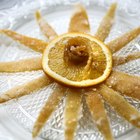
How to Make Candied Orange Peel

Ways to Use Candied Orange Peel
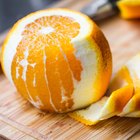
Substitutes for Lemon or Orange Peel

What Is a Good Substitute for Cherries?
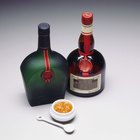
Substitute for Framboise Liqueur
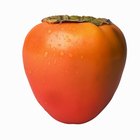
What Can You Do With Fresh Persimmons?

How to Make Natural Pectin From Lemons
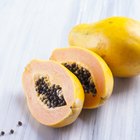
How to Freeze Papaya

How to make Orange Extract

How to Freeze Raspberries

How to Dry Sliced Oranges in the Oven
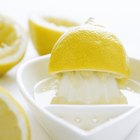
How to Make Lemonade by Boiling the ...
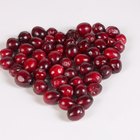
How to Freeze Sour Cherries

How to Cook Manioc Root
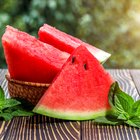
How Long Does Watermelon Stay Fresh ...

Peeling the Spiny Chayote Squash
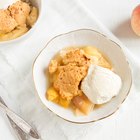
Easy Peach Cobbler Recipe

How to Reconstitute Dried Cherries
References
- The Professional Pastry Chef; Bo Friberg
- On Food and Cooking: The Science and Lore of the Kitchen; Harold McGee
Writer Bio
Fred Decker is a trained chef and prolific freelance writer. In previous careers, he sold insurance and mutual funds, and was a longtime retailer. He was educated at Memorial University of Newfoundland and the Northern Alberta Institute of Technology. His articles have appeared on numerous home and garden sites including GoneOutdoors, TheNest and eHow.
Photo Credits
Jupiterimages/liquidlibrary/Getty Images